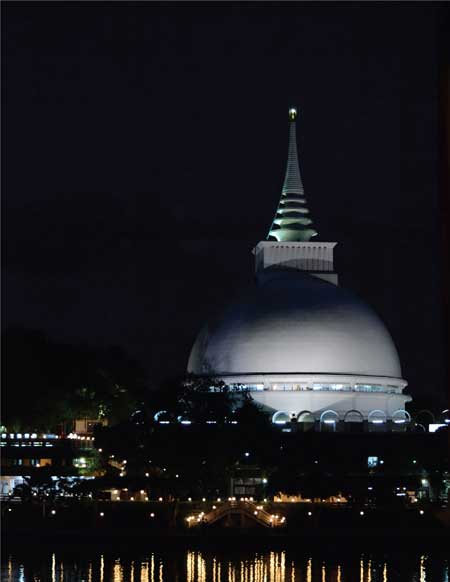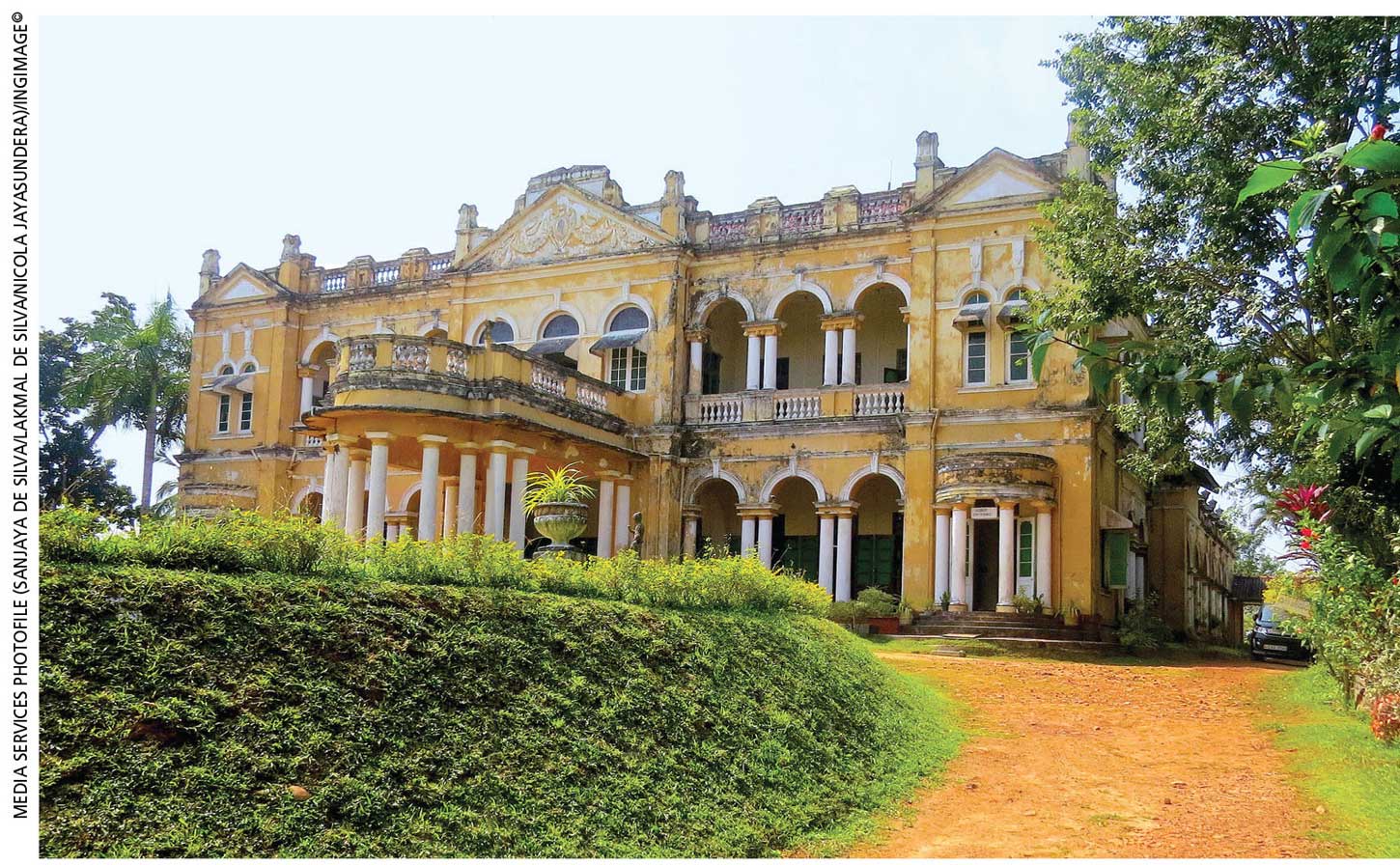SO SRI LANKA
SPIRITUAL CENTRE
Coastal city of Kalutara
Nimanthi Bandaranayake visits a city steeped in history and culture
Kalutara lies on the southwestern coast of Sri Lanka, and is located 43 kilometres away from the hustle and bustle of Colombo. It boasts a rich history, cultural significance and diverse attractions.
Despite being overshadowed by some of its more touristy neighbours, this seaside city offers a unique blend of experiences that make it worth exploring.
While it may be less crowded than Bentota and Beruwela, its historical and cultural significance – combined with its natural beauty – make Kalutara an intriguing destination for travellers seeking an off the beaten track experience even as they enjoy the sun, sea and sand.
Whether you are seeking solitude, romantic moments or a chance to connect with nature, the secluded shores of Kalutara provide an ideal escape from the noise and stress of everyday life.
Fact File
KALUTARA BODHIYA A sacred Buddhist place of worship that holds great historical and religious significance. It’s believed that the massive bo tree that grows here is one of 32 saplings from the original Jaya Sri Maha Bodhi in Anuradhapura. The Kalutara Bodhiya is characterised by its striking architectural features. The main stupa is a prominent structure with a unique design that’s adorned with intricate carvings, paintings and colourful decorations, which combine to create a captivating sight. Visitors can experience its serene atmosphere, explore the temple complex and observe or partake in regular devotional practices that are associated with the sacred bodhiya.
RICHMOND CASTLE A magnificent mansion, which was constructed in the 19th century, standing as testimony to Sri Lanka’s colonial history and architectural heritage. It was primarily influenced by Indian, British and Arabic architectural elements. The mansion, which is set amid well-maintained gardens and expansive grounds, has a central courtyard that’s surrounded by rooms, verandas and balconies. The design incorporates elements of Indo-Saracenic architecture with arched windows, balconies and elaborate woodwork. Its gardens are adorned with flowering plants, trees and manicured lawns, creating a tranquil and picturesque environment. All in all, the mansion’s captivating design and rich historical background make it an intriguing landmark for travellers who are interested in exploring the island’s past.
KALU GANGA This significant waterway, the name of which means ‘Black River,’ plays a vital role in the irrigation of agricultural lands in surrounding areas. Numerous irrigation canals and reservoirs are built along its course to provide water for cultivation, and contribute to the region’s agricultural productivity. The river and its surrounding ecosystems support a rich variety of flora and fauna, and the diverse habitats along its banks are occupied by numerous bird species, freshwater fish and other aquatic life. Kalu Ganga offers visitors picturesque views and a chance to appreciate the natural beauty of Sri Lanka’s landscapes.
The Fa Hien Cave offers visitors an opportunity to delve into the ancient history of Sri Lanka and learn about the early human communities that lived here
FA HIEN CAVE Also known as Pahiyangala Cave, Fa Hien holds immense historical and archaeological importance for Sri Lankans. Following the discovery of ancient skeletal remains, it’s believed that the cave was inhabited by prehistoric humans such as ‘Balangoda Man’ (Homo sapiens balangodensis), which makes it one of the earliest places of human habitation on the island – and it’s believed that humans lived here for between 35,000 and 60,000 years. Excavations have revealed a wide range of prehistoric artefacts including stone tools, pottery fragments and fossilised remains of animals. They used sea fish, salt and shark teeth as ornaments, and the limestone that formed in the cave was due to corrosion over hundreds of millennia. These findings have provided valuable insights into the lives and cultural practices of early human communities in Sri Lanka. The Fa Hien Cave offers visitors an opportunity to delve into the ancient history of Sri Lanka and learn about the early human communities that lived here.
HONOURING ASHOKA The Asokaramaya Buddhist Temple was built in the 19th century and named after the Mauryan Emperor Ashoka of 3rd Century BC India, who sent his son Mahinda to Sri Lanka with the message of Buddhism. The temple was established to promote Buddhist teachings and provide a place of worship for the local community. It follows the traditional Sri Lankan Buddhist architectural style, which is characterised by its distinct roofline, intricate woodwork and decorative motifs. The chief structures in the temple complex include the main shrine hall (vihara mandiraya), a dagoba and various subsidiary buildings. It’s believed that sacred relics of Lord Buddha are enshrined in the temple and, being objects of veneration for Buddhists, attract devotees from across the country. The Asokaramaya Temple serves as a significant religious and cultural landmark in Kalutara, attracting both devotees and tourists who are interested in exploring Sri Lanka’s Buddhist heritage.






